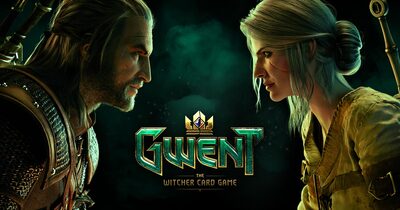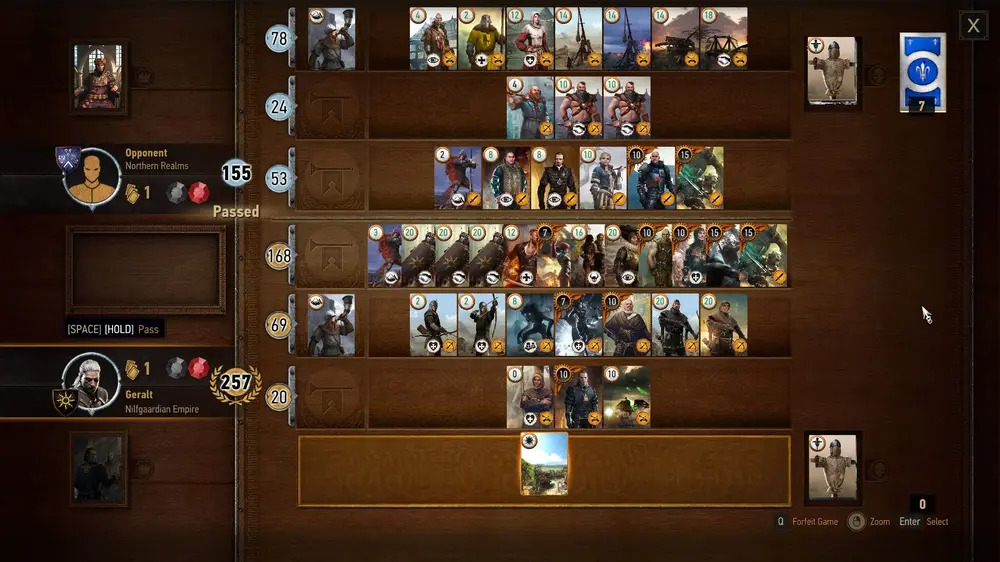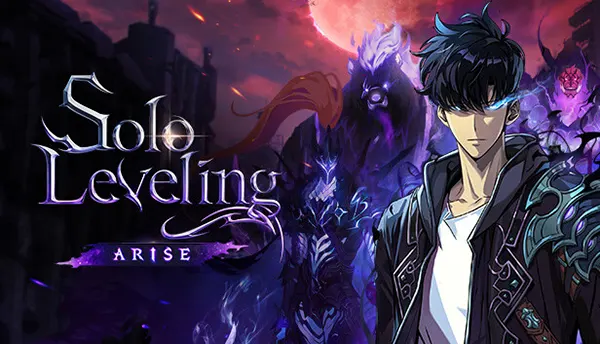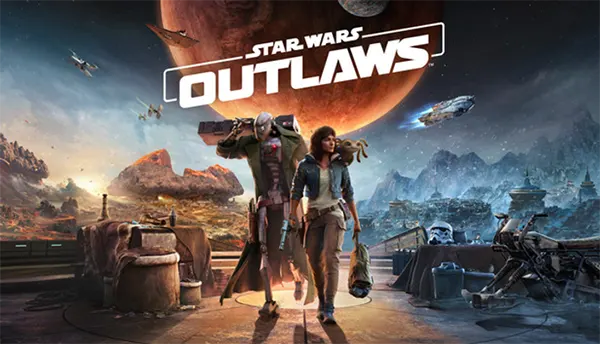Gwent: The Witcher Card Game – A Deep Dive Review

Born from the heart of Andrzej Sapkowski’s captivating Witcher series, “Gwent: The Witcher Card Game” is more than just a minigame found in “The Witcher 3: Wild Hunt”. It has emerged as a standalone entity, intricately designed and boasting a player base of millions. What makes Gwent so enthralling? Let’s journey into the world of the Northern Realms and beyond to find out.
Rules
Gwent is played between two opponents, with each player aiming to amass more points than the other across two out of three rounds. Players achieve this by deploying cards from their hand onto a board divided into melee, ranged, and siege rows. While the basic premise sounds simple, the actual gameplay is deeply strategic. Players must decide when to press their advantage or when to strategically lose a round to win the subsequent ones. Card placement, synergies, and anticipating your opponent’s moves are the keystones of mastering Gwent.
Factions
One of Gwent’s standout features is its distinct factions, each offering a unique playstyle:
- Northern Realms: Focusing on unit formations and inspired leadership, they capitalize on boosting units and synergies among soldiers.
- Skellige: These islander warriors embrace damage, with mechanics that involve damaging their own units for greater rewards.
- Monsters: Unpredictable and vast, the monster faction relies on overwhelming their opponents with sheer numbers and consuming units to grow stronger.
- Scoia’tael: Elusive and adaptive, they can choose who starts the match and employ guerrilla tactics to outmaneuver their foes.
- Nilfgaard: The empire is all about control, manipulation, and using the opponent’s strength against them.

Modes
Gwent offers a variety of modes to ensure players never tire:
- Classic: The standard mode, where players face off with their customized decks.
- Arena: Here, deck-building rules are thrown out the window, and players must adapt to a random assortment of cards.
- Seasonal: Rotating modes with unique rulesets that provide fresh challenges.
- Tourney: For those seeking the thrill of competition, tournaments offer a chance to prove one’s mettle.
Recipe for Success
Mastering Gwent involves a mix of understanding your deck, reading your opponent, and adapting your strategy on the fly. It’s crucial to be familiar with not only your faction but potential strategies from other factions. Remember, in Gwent, a lost round can be a strategic step towards overall victory. Manage your hand wisely, anticipate high-value plays, and, most importantly, adapt based on the state of the board and your opponent’s actions.
Conclusion
“Gwent: The Witcher Card Game” has taken a life of its own beyond the Witcher universe, appealing to both fans of the series and newcomers alike. Its intricate mechanics, diverse factions, and strategic depth ensure every match is a unique experience.





